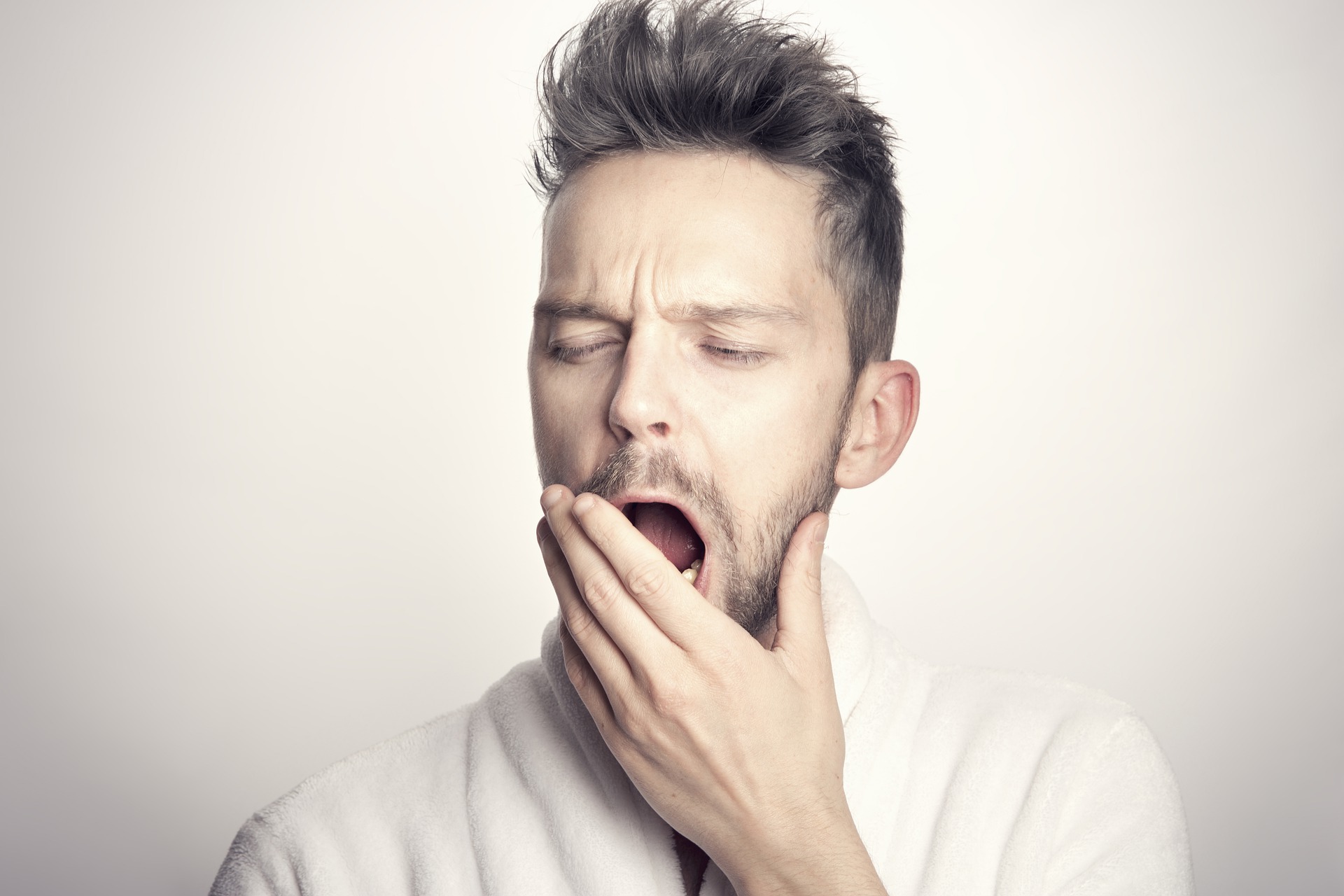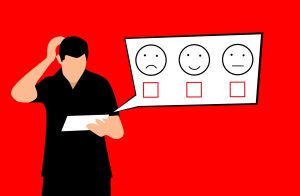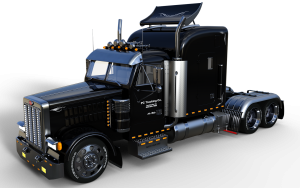Truckers are experiencing more sleep apnea than ever before. This is due to a rise of the condition as a threat to owner-operators hitting the road, for long spans of time, without any rest. It was back in 2000 that the Scopelitis Transportation Consulting Firm had issued advisory ideas to the public. This respiratory function should be something easily passed by truck drivers with the exact medical qualifications. However, for ten years that followed, the condition may have grown to be more known, but the DOT physical still was described as “uneven at best.” The Federal Motor Carrier Safety Administration has decidedly said eventually in 2009 that there needs to be more done. This therefore left the task in the hands of medical task forces, such as the Medical Review Board and Motor Carrier Safety Advisory Committee.
The FMCSA is proposing to amend their regulations for truck drivers.
They want an alternate vision for physical qualification, given a current vision exemption program. Drivers who qualify underneath the alternate vision standards would have to also complete a carrier-administered road test before driving in interstate commerce. Drivers operating under the previously administered vision waiver study program.
This may be due to a renewed look at the STOP-Bang protocol. Research in fact, shows that even then, 50% of truckers were seen to have sleep apnea even while using the STOP-Bang screening method. Obstructive Sleep Apnea, otherwise known as OSA, found trucker drivers of great numbers potentially had it. This is half of a headcount of over 20,000 truck drivers who potentially have this problem.
All the 8,503 drivers had about 879 drivers who included sleep apnea potential.
About 9,382 drivers have obstructive sleep apnea. 48.19% of surveyed drivers are assessed in the STOP-Bang assessment and they themselves had no sleep apnea.
There is essentially something relatively dangerous about having “sleep disorders, pauses in breathing while asleep, daytime sleepiness or loud snoring.”






